On which of the following surfaces does the marble travel a longer distance when 5 marbles were released separately from the top of same ramp on different surfaces?
Mirror
Sand paper
Wooden piece
Plastic sheet
The correct Answer is:A
To determine on which surface the marble travels the longest distance when released from the top of the same ramp, we need to analyze the properties of each surface in terms of friction.
1. Identify the Surfaces: The surfaces provided are:
- Mirror
- Sandpaper
- Wooden piece
- Plastic sheet
2. Understand Friction: The distance a marble travels is influenced by the friction between the marble and the surface. Higher friction will cause the marble to slow down more quickly, resulting in a shorter distance traveled.
3. Analyze Each Surface:
- Mirror: A mirror is smooth and has very low friction. This means that when the marble is released, it will experience minimal resistance and will travel a longer distance.
- Sandpaper: Sandpaper has a rough texture and high friction. The marble will slow down quickly and travel a shorter distance.
- Wooden Piece: Depending on the finish, wood can have moderate friction. The marble will travel a distance longer than on sandpaper but shorter than on a mirror.
- Plastic Sheet: The friction on a plastic sheet can vary, but it is generally smoother than sandpaper and wood, but not as smooth as a mirror. The distance traveled will be less than that on a mirror but more than on sandpaper.
4. Conclusion: Based on the analysis, the marble will travel the longest distance on the mirror surface because it is the smoothest and has the least friction.
Final Answer:
The marble travels the longest distance on the mirror surface.
- Mirror
- Sandpaper
- Wooden piece
- Plastic sheet
- Mirror: A mirror is smooth and has very low friction. This means that when the marble is released, it will experience minimal resistance and will travel a longer distance.
- Sandpaper: Sandpaper has a rough texture and high friction. The marble will slow down quickly and travel a shorter distance.
- Wooden Piece: Depending on the finish, wood can have moderate friction. The marble will travel a distance longer than on sandpaper but shorter than on a mirror.
- Plastic Sheet: The friction on a plastic sheet can vary, but it is generally smoother than sandpaper and wood, but not as smooth as a mirror. The distance traveled will be less than that on a mirror but more than on sandpaper.
The marble travels the longest distance on the mirror surface.
Topper's Solved these Questions
Similar Questions
A ball rolled on four wooden surfaces of different roughness when a similar push was applied on it. The graph shows the distance travelled by the ball on the surfaces over time
Which of the following conclusion is/are correct?
(i) Different magnitudes of the friction were produced when the ball was rolling on different wooden surfaces.
(ii) Surface Q is rougher than surface R.
(iii) Surface S has the least roughness.
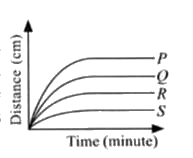
View SolutionA boy rolls a rubber ball on a wooden surface. The ball travels a short distance before coming to rest. To make the same ball travel longer distance before coming to rest, he may
View Solution
Knowledge Check
Which of the following x-t graphs represents the distance-time variation of a body released from the top of a buiding?
A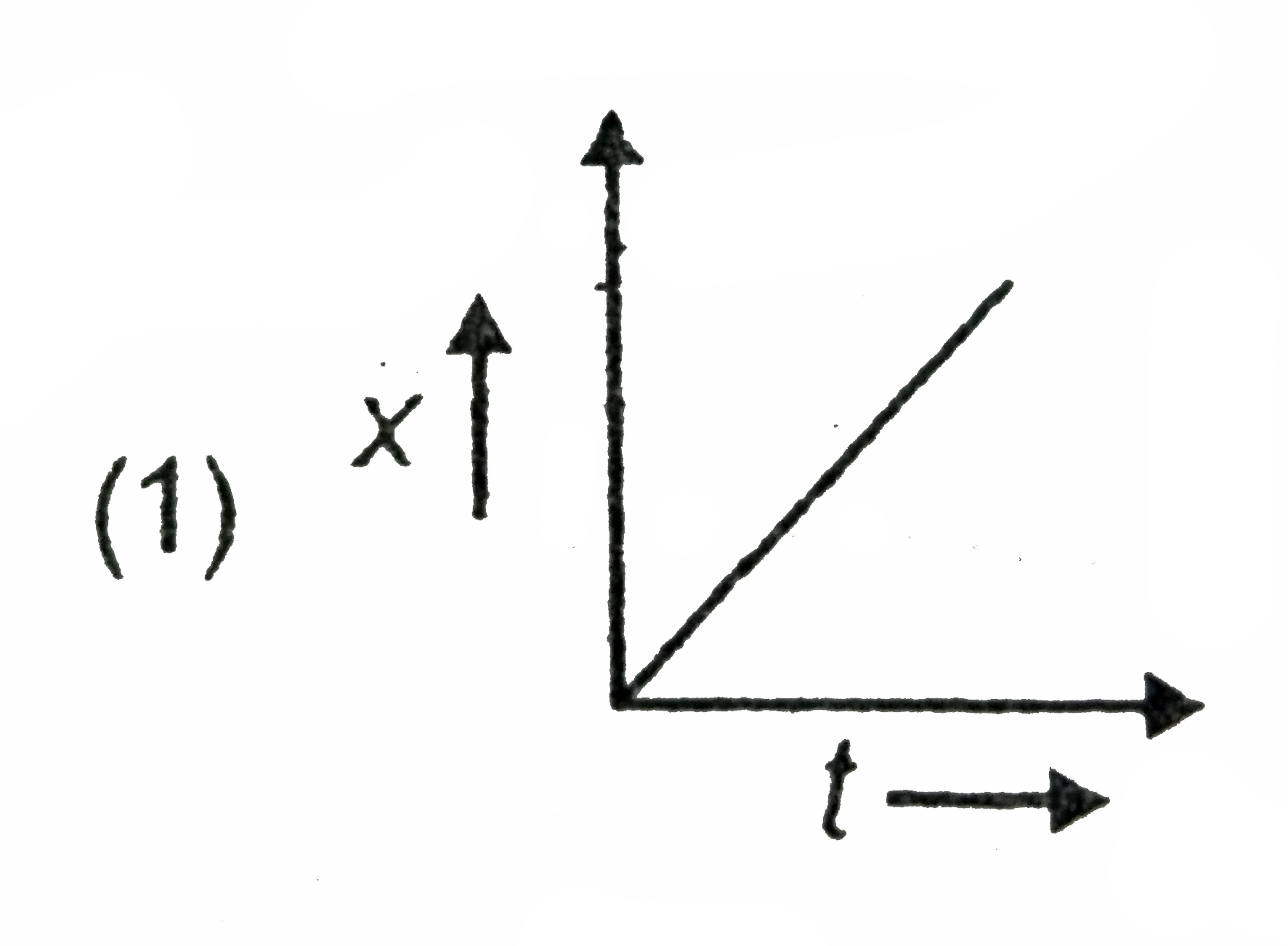 B
B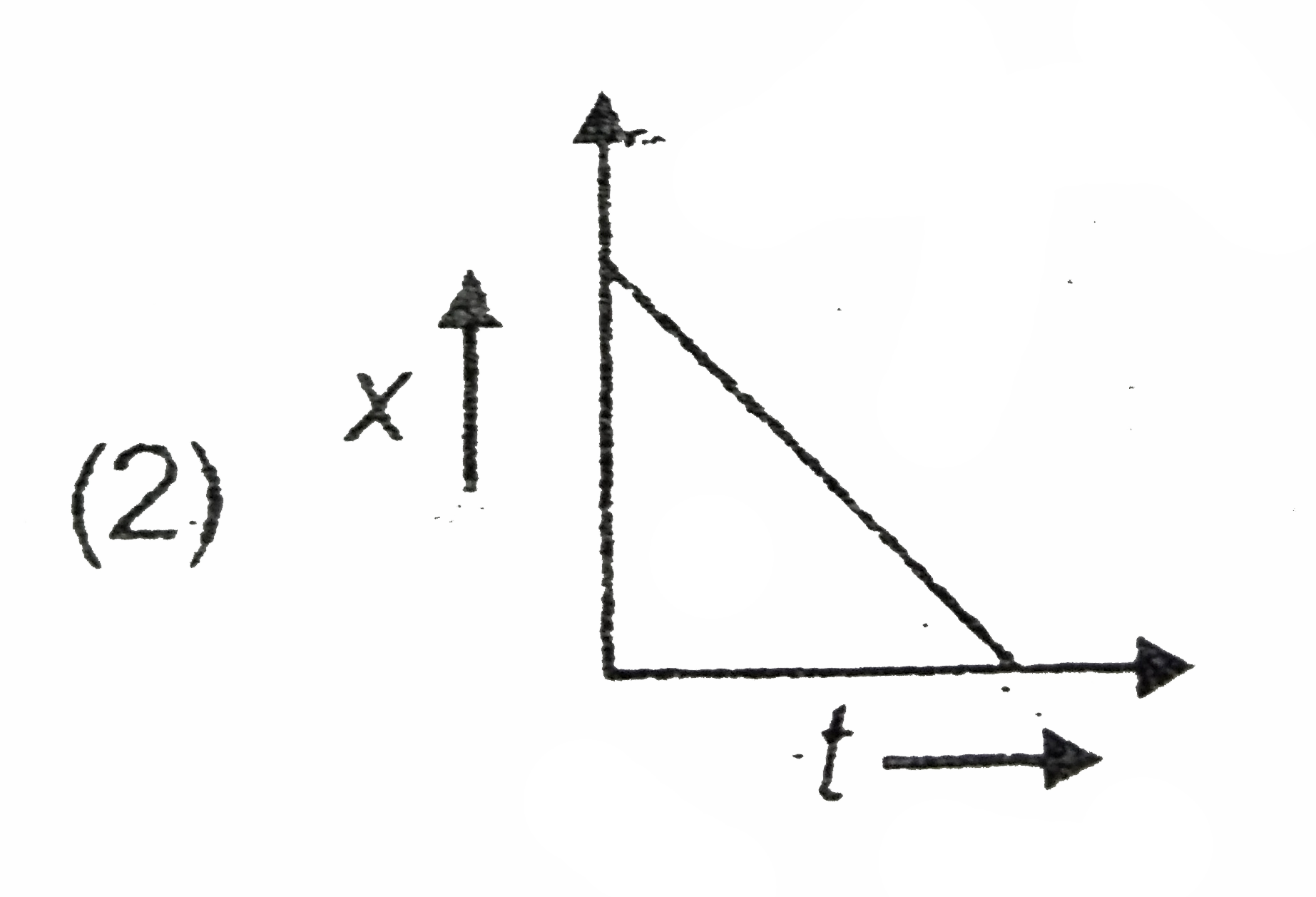 C
C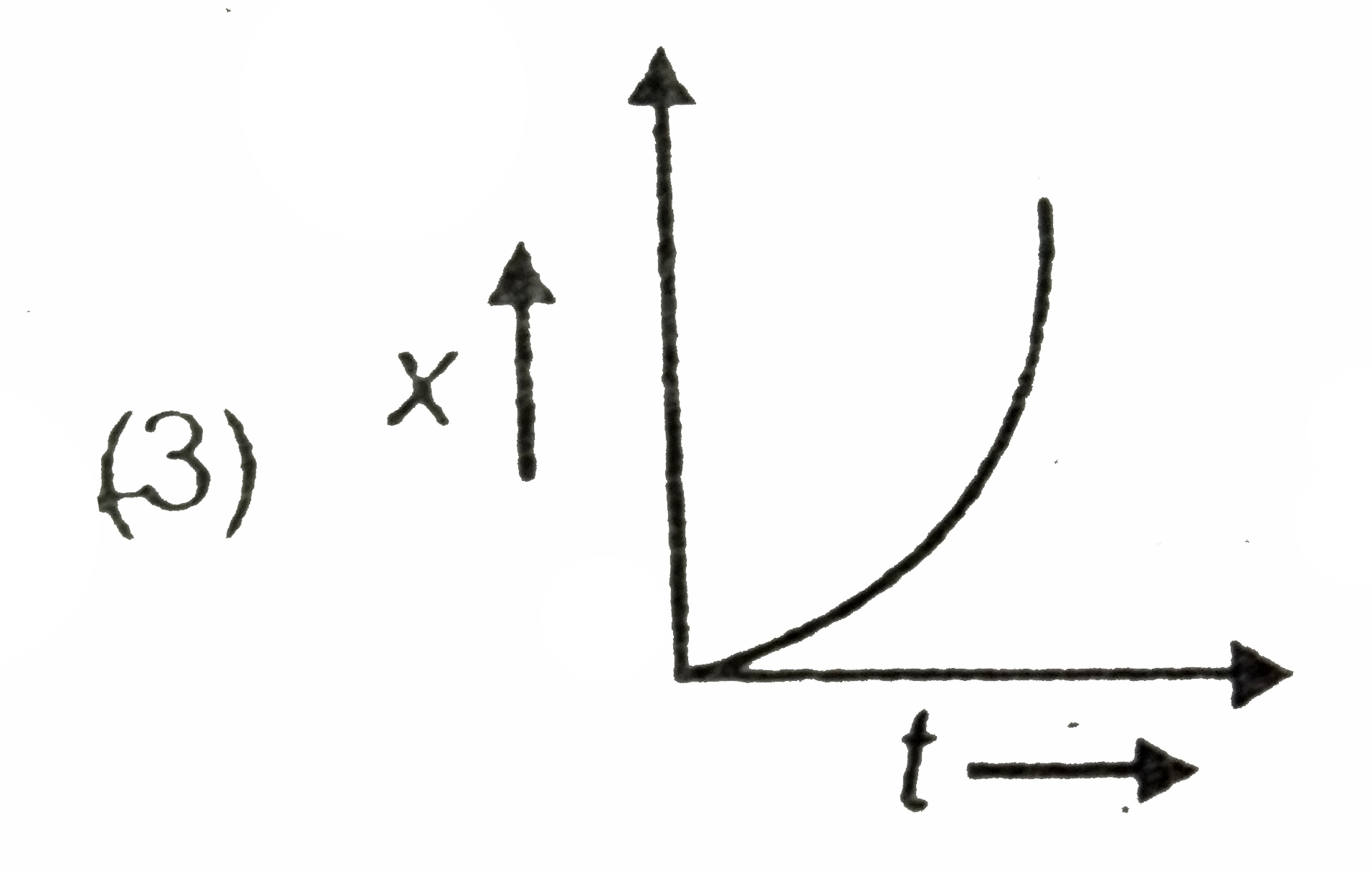 D
D
Choose the correct option for each question. There is only one correct response for each question.
A ball is thrown with the same speed on different surfaces. On which of these surfaces, a ball will roll maximum distance?AFlat soilBConcrete roadCPolished marble tilesDRough wooden surface
A triangular wedge A is held fixed and a block B is released on its inclined surface, from the top. Block B reaches the horizontal ground in time t. In another experiment, the wedge A was free to slide on the horizontal surface and it took t’ time for the block B to reach the ground surface after it was released from the top. Neglect friction and assume that B remains in contact with A.
(a) Which time is larger t or t´? Tell by simple observation.
(b) When wedge A was free to move, it was observed that it moved leftward with an acceleration g4 and one of the two measured times (t & t´) was twice the other. Find the inclination θ of the inclined surface of the wedge.
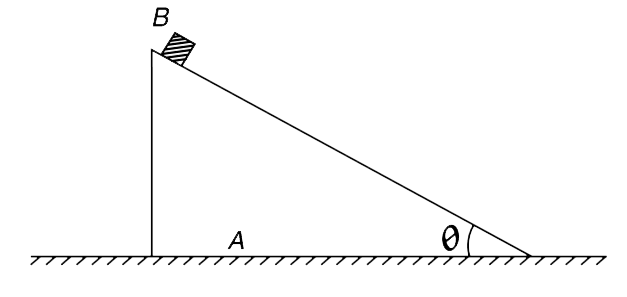
View SolutionA uniform hoop, disk, and sphere, with the same mass M and same radius R, are released simultaneously from rest at the top of a ramp of length L = 2.5 m and angle θ=12∘ with the horizontal. The objects roll smoothly down the ramp.
(a) Which object wins the race to the bottom of the ramp?
View SolutionA uniform hoop, disk, and sphere, with the same mass M and same radius R, are released simultaneously from rest at the top of a ramp of length L = 2.5 m and angle θ=12∘ with the horizontal. The objects roll smoothly down the ramp.
What is vcom for each object at the bottom of the ramp?
View SolutionWhen a stone is thrown on the surface of water, a wave travels out. From where does the energy come ?
View SolutionA curved surface of μ=1.5 forms a virtual image of an object which is placed in air at a distance of 15 cm from the surface. The image is formed at a distance of 60 cm, what is the radius of curvature of the curved surface? Also, calculate the power of curved surface and the two focal lengths of the surface.
View SolutionThere is a plano-convex lens whose radius of curvature for convex surface is 2.5 cm. Thickness of the lens is 9 cm. When object is placed at a certain distance from the convex surface then image is formed on the plane surface of the lens which serves as screen. What should be the magnification in this case? Refractive index is 1.5.
View Solution
